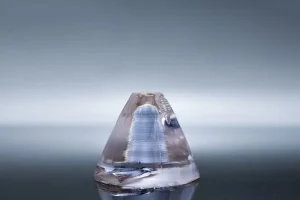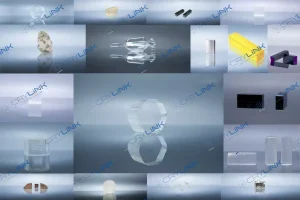Introduction
Laser technology, specifically in the 1535nm range, plays a pivotal role in numerous applications, from medical procedures to advanced communications. The effectiveness of these lasers is highly dependent on the choice of crystal used to generate the required output. In this comprehensive guide, we delve deep into the various crystals suitable for producing 1535nm laser output.
1535nm lasers fall within the infrared spectrum and offer various benefits like improved depth of penetration in tissue, making them instrumental in certain medical applications.
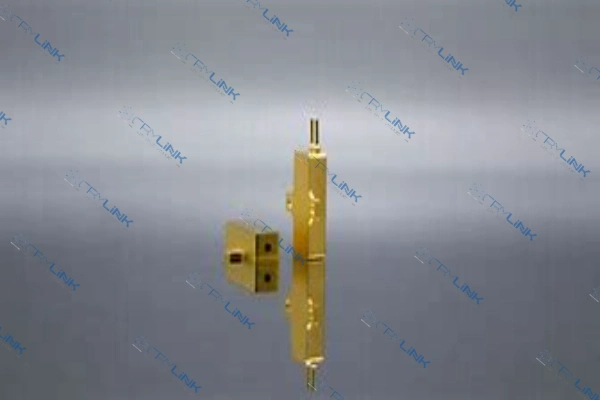
Er:YAG – The Traditional Powerhouse
The fascinating world of laser technology has seen numerous advancements over the years, but one component that has remained consistent in its utility and prominence is the Erbium-doped Yttrium Aluminum Garnet, popularly known as Er:YAG. This crystal, with its distinct properties, has carved a niche for itself in the realm of 1535nm lasers.
Er:YAG’s uniqueness lies not just in its chemical composition but also in its superior performance attributes. Among its many qualities, one that stands out is its remarkably high quantum efficiency. Quantum efficiency in laser crystals is a measure of their ability to convert input energy, typically in the form of optical pump energy, into output laser energy. With Er:YAG’s impressive quantum efficiency, users can expect to extract more laser output for a given amount of input energy. This efficiency not only makes the operation more economical but also elevates the overall performance of the laser system.
Furthermore, another pivotal attribute of Er:YAG is its broad emission cross-section. In the context of lasers, an emission cross-section determines the likelihood of an excited particle in the crystal emitting a photon of the desired wavelength. A wider emission cross-section means that a higher percentage of the particles will emit photons, leading to stronger amplification of the laser beam. This characteristic ensures that lasers utilizing Er:YAG can achieve high power levels with more ease.
To add to its merits, Er:YAG also boasts excellent thermal properties, ensuring that it can handle the heat generated during high-power laser operations without degrading in performance. Its durability and resilience make it a favored choice for applications that demand prolonged usage and reliability.
In the ever-evolving landscape of laser technology, while many new entrants come with their set of promises, Er:YAG, with its proven track record and unmatched capabilities, rightfully earns its title as the traditional powerhouse in 1535nm laser systems.
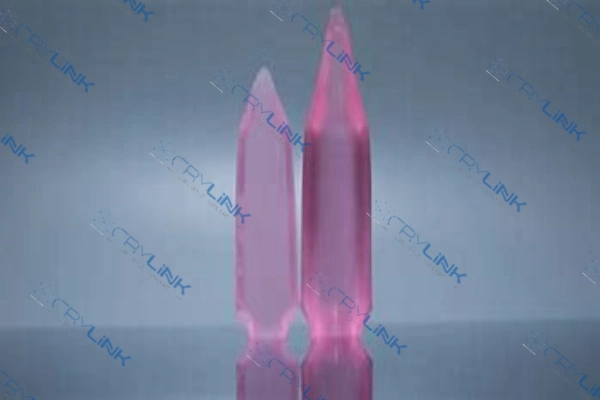
Er:Glass – The Versatile Option
Delving into the vast spectrum of crystals utilized in laser technology, Erbium-doped glasses, or Er:Glass as they’re widely recognized, emerge as an incredibly adaptable choice. This material is not just another crystal in the roster but offers attributes that are particularly valuable for a variety of laser applications.
What sets Er:Glass apart from its counterparts is its remarkable emission range. Lasers are all about precision, and in certain applications, the ability to harness and tune a specific wavelength can make a substantial difference. Er:Glass provides this capability by offering a vast spectrum of emission wavelengths, notably encompassing the 1535nm range. This extensive range doesn’t just translate to flexibility but opens doors to a myriad of applications. From medical treatments to telecommunications, the potential fields benefiting from this broad emission range are extensive.
In the world of lasers, adaptability is key. Different tasks necessitate distinct laser characteristics. With Er:Glass, there’s a pronounced advantage of customization. Whether one is looking for a specific pulse duration, power output, or any other laser parameter, the intrinsic properties of Er:Glass often allow for a tailored approach to meet these requirements. This means researchers and technologists can fine-tune their systems for optimal performance, capitalizing on the inherent versatility of Er:Glass.
Moreover, any material’s long-term viability in rigorous operational environments is crucial. Er:Glass, with its commendable longevity, stands the test of time. Its robustness and consistent performance even after extended periods make it a trusted ally for applications that cannot afford frequent downtimes or replacements. Its durability is complemented by a track record of reliability, making it not just a versatile option but a dependable one as well.
In conclusion, while many crystals offer specialized attributes, Er:Glass is like a Swiss army knife in the world of laser technology. Its adaptability, paired with its enduring nature, makes it an indispensable tool for those seeking both versatility and reliability.
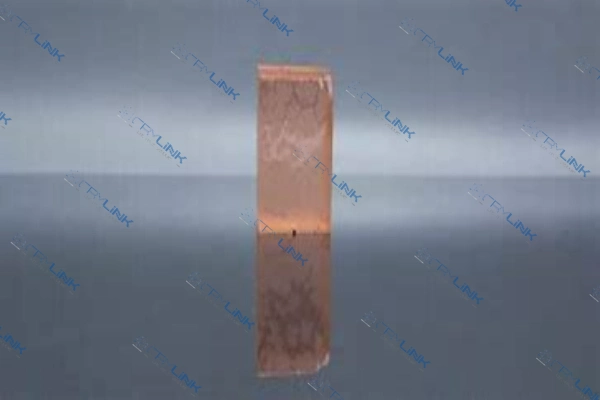
Er:YLF – A Crystal with Potential
The vast realm of laser technology is not just about established materials but also about those on the horizon, waiting to redefine benchmarks. Erbium-doped Yttrium Lithium Fluoride, or Er:YLF, is one such entrant that promises to reshape the landscape. This dynamic material, tailored for the 1535nm laser range, is not only making waves but is poised to become a mainstay in various laser applications.
A pivotal attribute that separates Er:YLF from many of its contemporaries is its unparalleled thermal stability. In the intricate dance of photons that lasers perform, heat management is crucial. Excess heat can degrade performance, reduce efficiency, or even damage equipment. Er:YLF’s innate ability to maintain a cool demeanor, so to speak, under demanding operational conditions is a testament to its potential. The crystal ensures that, irrespective of the challenges, the laser’s output remains stable, consistent, and of high quality.
This inherent stability also brings with it an extended operational life. Devices and systems built around Er:YLF tend to exhibit a longer lifespan, reducing the frequency of replacements and thereby ensuring cost savings in the long run. For industries where downtime can result in significant financial implications, the reliability that Er:YLF offers is invaluable.
However, thermal attributes aren’t its only forte. The crystal’s adaptability makes it suitable for an array of applications. Be it precise medical applications, cutting-edge research, or industrial processes, Er:YLF is demonstrating its versatility time and again. As more researchers and technologists explore its properties, we’re witnessing an increased integration of Er:YLF in innovative applications.
In essence, Er:YLF is not just another material in the annals of laser technology. It represents the future—a crystal that, with its superior attributes, is set to become an industry standard. As we march forward, the role and importance of Er:YLF in shaping next-generation laser systems will undoubtedly be profound.
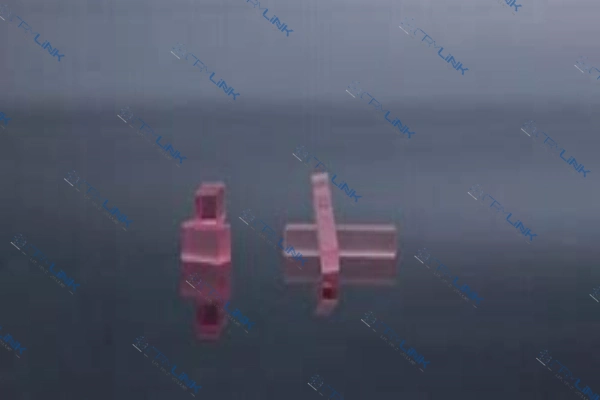
Future Trends: Innovations in Crystal Technology
In the fast-paced world of laser technology, change is the only constant. As we navigate the frontiers of this domain, what stands out is the relentless pursuit of excellence, often led by innovations in crystal technology. The pivotal role of crystals in determining the efficacy, stability, and versatility of lasers is undeniable, making them the focal point of much of today’s groundbreaking research.
The 1535nm laser range, in particular, is witnessing a renaissance of sorts. While stalwarts like Er:YLF, Er:Glass, and Er:YAG continue to be industry favorites, the horizon is dotted with potential game-changers. Advanced materials, doped with novel elements or engineered at the molecular level, are being studied to push the envelope of what’s possible. These emerging crystals promise not just improved performance, but also a degree of flexibility previously deemed unattainable.
One of the most exciting areas of development is in the realm of synthetic crystal growth. Advanced techniques are allowing researchers to grow crystals with fewer imperfections, leading to increased efficiency and reduced operational challenges. These synthetic crystals, tailored to specific requirements, may soon replace their natural counterparts in many applications.
Another notable trend is the exploration of hybrid crystal structures. By combining the attributes of multiple crystals, scientists aim to harness the best of both worlds. Imagine a crystal that offers the thermal stability of Er:YLF, coupled with the broad emission range of Er:Glass. Such hybrid materials could redefine the benchmarks of laser performance.
Furthermore, nano-technology is also making its mark. Infusing crystals with nanoparticles is opening up avenues for enhanced light amplification, paving the way for more powerful and compact lasers. As miniaturization becomes essential, especially in fields like medicine and communication, these nanoparticle-doped crystals could be the key.
In conclusion, the future of the laser industry, especially the 1535nm range, is bright, shimmering with the potential of innovative crystals. As technology marches forward, the next big revolution in lasers might just be crystalline in nature. As we stand on the cusp of these advancements, it’s clear that the next decade in laser technology will be nothing short of exhilarating.
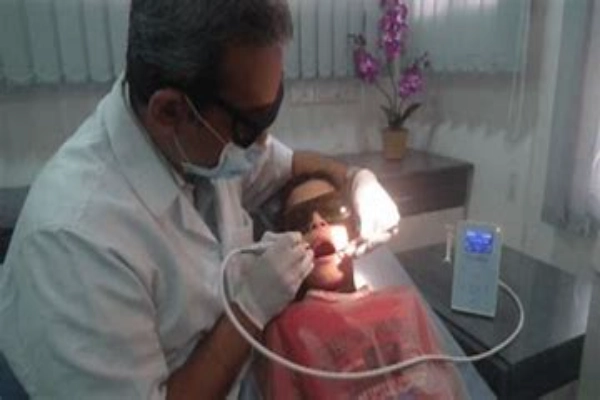
Conclusion
The realm of 1535nm lasers is expansive, with numerous crystal options available for consideration. Whether it’s the traditionally favored Er:YAG, the versatile Er:Glass, or the promising Er:YLF, each brings its unique advantages to the table. Informed choices, based on the specific requirements and broader trends in laser technology, will pave the way for superior laser performance and broader applications.
FAQs
- What makes Er:YAG stand out for 1535nm lasers?
- Er:YAG offers a high quantum efficiency and a wide emission cross-section, resulting in powerful and efficient laser output.
- Is Er:Glass suitable for applications other than 1535nm lasers?
- Yes, Er:Glass offers a broad range of emission wavelengths, making it versatile for various laser operations.
- How does Er:YLF contribute to thermal performance in lasers?
- Er:YLF is naturally endowed with properties that ensure stable and consistent laser output, making it ideal for rigorous operating conditions.
- Why is safety crucial in handling laser crystals?
- Laser crystals can cause accidental damages or pose health hazards if not handled with proper care and following industry-standard safety protocols.
- Are there any economic advantages in choosing one crystal over the other?
- The choice of crystal has direct implications on the investment and return on laser technology. Factors like durability, performance, and application scope determine the economic viability of one crystal over the other.



